You are here
Back to topFresh Myanmar Pineapples Granted China Market Access
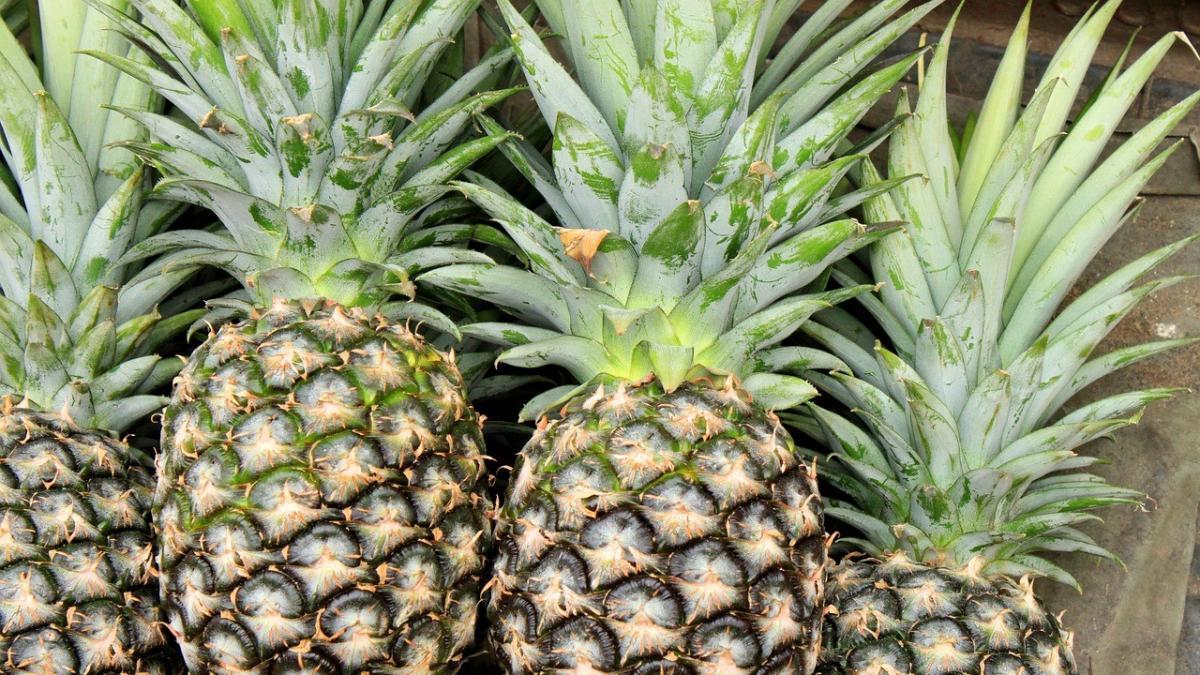
On Nov. 11, the General Administration of Customs of China announced via its website that fresh pineapples from Myanmar meeting the stipulated phytosanitary requirements would be permissible for import into China.
Myanmar’s primary pineapple-growing regions are located in the northern and southern parts of Shan State, with harvests typically taking place between June and September. In the past, most of Myanmar’s pineapples were exported to China through informal cross-border trade schemes. However, on June 16, 2019, China officially put an end to this channel, leading to significant losses for Myanmar’s pineapple industry. Although exporters sought alternative markets in Thailand, Singapore and other countries, the overall export volume has remained low.
Now, after years of negotiations, pineapples from Myanmar have finally been granted approval for export to China through regular trade channels. However, the ongoing civil conflict in the country has left key trade routes blocked, severely hindering exports. Thus, despite market access having been granted, it remains uncertain when Myanmar will be able to send its first official shipment of pineapples to China.
According to the GACC announcement, Myanmar’s Ministry of Agriculture, Livestock and Irrigation is required to register pineapple plantations and packing facilities that wish to export to China. These plantations and facilities must then be approved by the GACC, which will publish the approved lists on its website. Meanwhile, growers are required to establish comprehensive quality management and traceability systems as well as implementing good agricultural practices and integrated pest management techniques. During the packaging process, procedures such as manual sorting, screening, scrubbing or high-pressure water jet cleaning must be used to ensure that the fruits and crowns are free from potential contaminants such as insects, mites, snails, rot, grass seeds, plant residues and soil.
A total of five quarantine pests of concern have been identified by China, namely, the spiraling whitefly (Aleurodicus dispersus), gray pineapple mealybug (Dysmicoccus neobrevipes), passionvine mealybug (Planococcus minor), Jack Beardsley mealybug (Pseudococcus jackbeardsleyi) and the fungal plant pathogen Fusarium sacchari.
In the first two years after the commencement of trade, Myanmar authorities are required to take samples of each shipment, inspecting no less than 2% of each batch. At least 3% of the sampled fruits must be cut open for inspection, with a minimum of 10 fruits per batch. If no phytosanitary issues arise within this two-year period, the sampling rate may be reduced to 1%.
Image: Pixabay
This article was translated from Chinese. Read the original article.



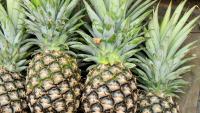
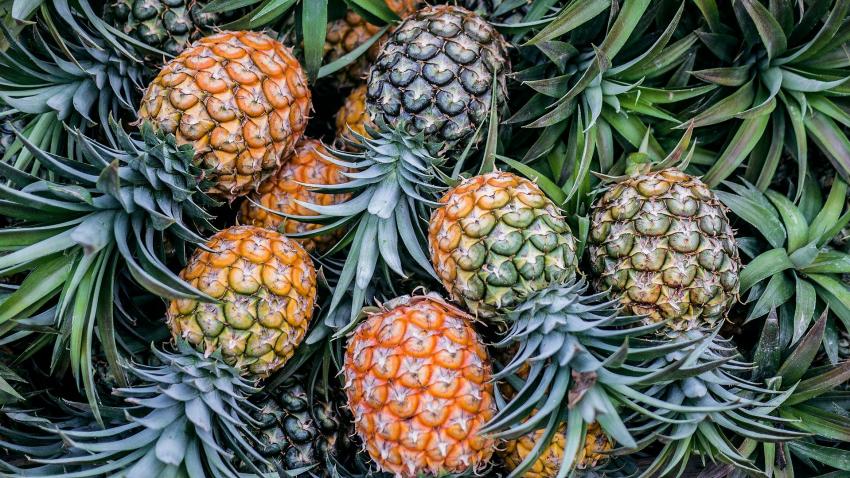
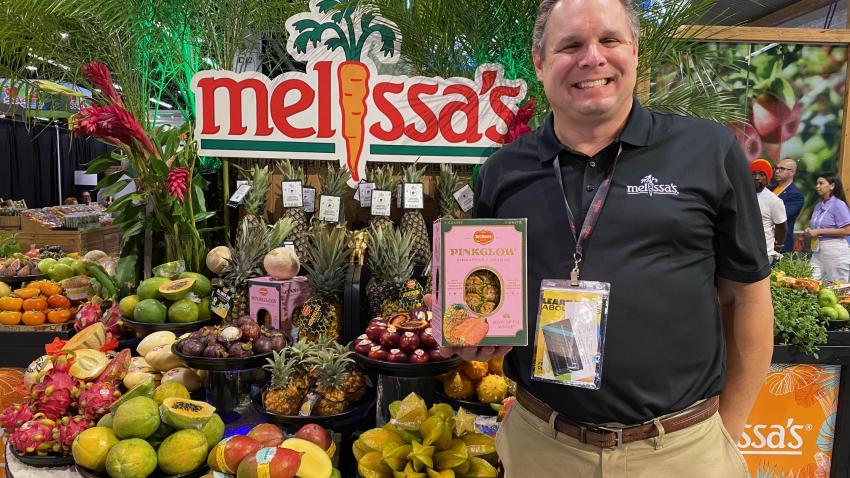

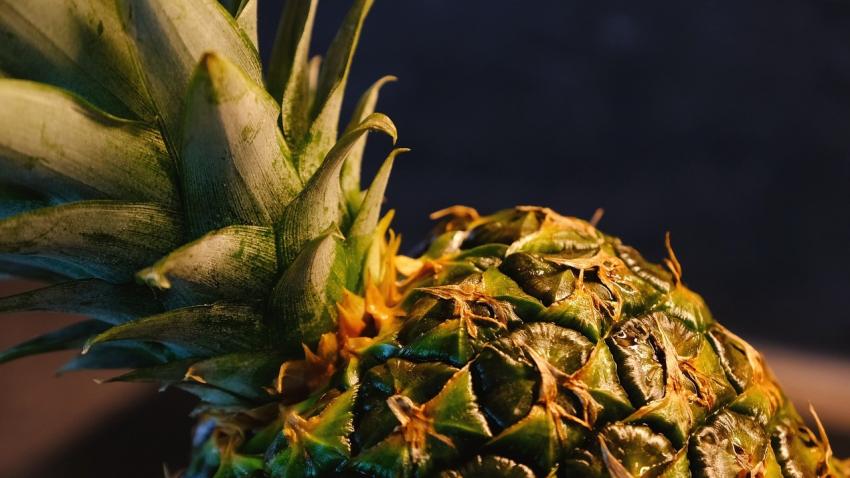






Add new comment